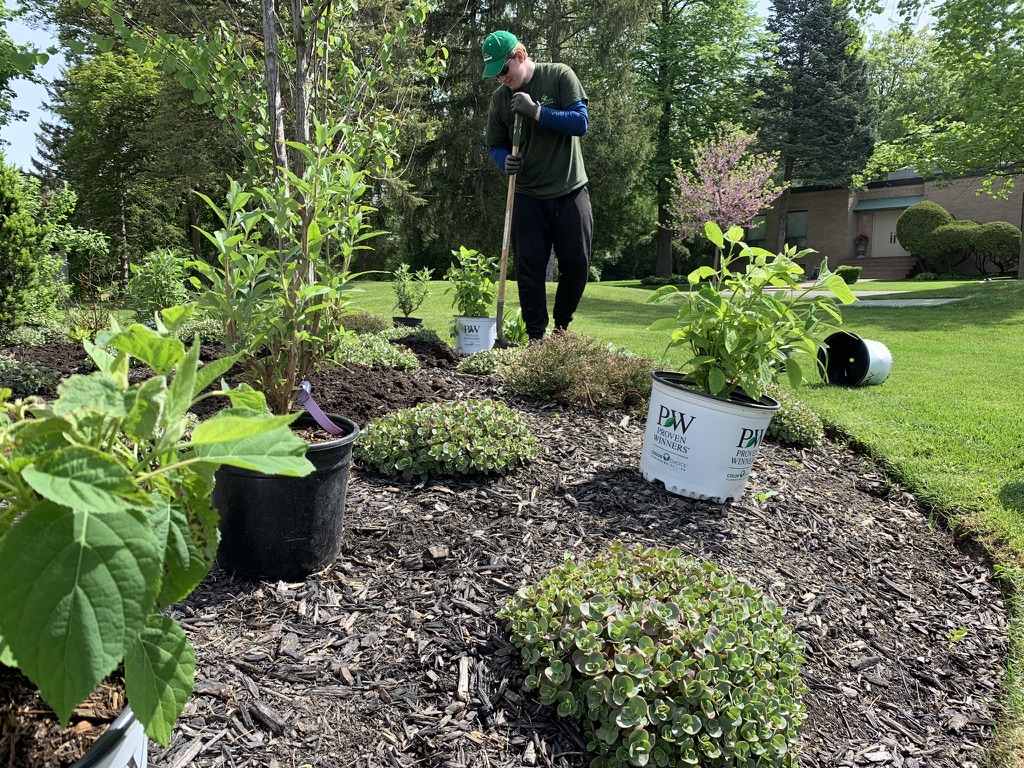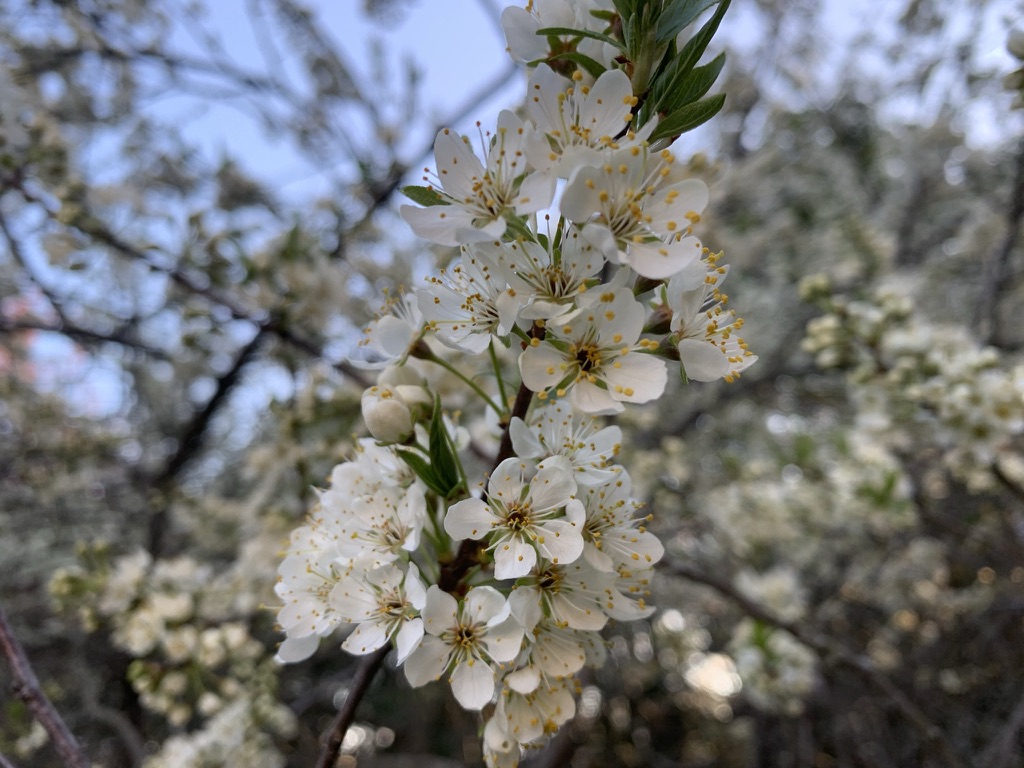Planting trees in Canada isn’t just a way to beautify your surroundings; it’s a commitment to the environment and future generations. With its vast landscapes and diverse climates, Canada offers a unique opportunity for tree planting enthusiasts and environmentalists alike.
Whether you’re looking to offset carbon emissions, restore native forests, or add some greenery to your community, understanding the ins and outs of tree planting in Canada is crucial. From selecting the right species to the best planting techniques, we’ve got you covered. Let’s dive into the world of tree planting in Canada and discover how you can make a difference.
Benefits of Tree Planting in Canada
When you think about contributing to environmental conservation in Canada, planting trees is an impactful action. The benefits of tree planting extend beyond the obvious visual enhancement of the landscape. They are crucial in combating climate change, promoting biodiversity, and improving public health.
Combatting Climate Change is at the forefront of tree planting advantages. Trees absorb carbon dioxide, a principal greenhouse gas, thus reducing the overall carbon footprint. For every tree you plant, you’re directly contributing to the reduction of global warming. Here are some quick statistics to illustrate the impact:
| CO2 Absorbed per Year by a Single Tree | Area Required to Offset Average Canadian’s Carbon Footprint |
|---|---|
| 22 kg | 0.5 Hectares |
Promoting Biodiversity is another significant benefit. Canada’s vast landscapes are home to numerous species of flora and fauna. By planting native trees, you’re providing habitats and food sources for these species, helping to restore and maintain ecological balance.
Improving Public Health often goes unnoticed but is immensely important. Trees purify the air by filtering particulates and releasing oxygen, leading to cleaner, healthier air. Moreover, green spaces are known to reduce stress and increase overall well-being among community members.
Urban areas particularly stand to benefit from tree planting. Trees offer shade, reduce heat islands and contribute to energy savings by cooling our homes naturally. This not only makes our cities more livable but also conserves energy and reduces dependency on artificial cooling systems.
Whether it’s on a national scale or a local community effort, the act of planting trees in Canada represents a commitment to a healthier, more sustainable future for the planet. Every tree planted is a step towards a greener tomorrow, making an indelible mark on the environment that will benefit generations to come.
Importance of Native Species Selection

When embarking on the journey of tree planting in Canada, it’s crucial to prioritize native species selection. Native trees are those that have evolved and adapted to local conditions over thousands of years. They play an integral role in the ecosystem, supporting a balanced and thriving natural environment.
One of the key benefits of choosing native species is their ability to support local wildlife. These trees provide essential habitats and food sources for various birds, insects, and other wildlife native to Canada. By planting native trees, you’re contributing to a richer biodiversity, ensuring the survival of species that might be threatened by the encroachment of non-native plants.
Moreover, native trees are more likely to thrive as they are well-adapted to the local climate, soil types, and other environmental factors. This reduces the need for additional water, fertilizers, or pesticides, minimizing your environmental footprint and maintenance efforts. You’ll find that native species often have better resistance to diseases and pests prevalent in the area, making them a more sustainable choice for long-term landscaping and reforestation projects.
In addition, planting native trees can help restore natural landscapes that have been altered by human activity or invasive species. This restoration is vital for maintaining the ecological balance and health of Canada’s vast natural spaces. It’s a step towards repairing the complex tapestry of the local ecosystem, ensuring that native plants and animals can thrive.
When selecting trees for your planting project, consider consulting with local environmental organizations or forestry services. They can provide valuable insights into which species are native to your area and the most beneficial for your specific goals, be it enhancing biodiversity, combatting climate change, or contributing to public health through improved air quality.
Remember, the choice of species can significantly impact the success of your tree planting efforts and the broader environmental benefits. By prioritizing native species, you’re taking a responsible step towards a more sustainable and biodiverse Canada.
Climate Considerations for Tree Planting

When planning to plant trees in Canada, it’s essential to understand the diverse climatic conditions spanning the country. From the temperate rainforests of British Columbia to the frigid Arctic territories, Canada’s vast landscape presents unique challenges and opportunities for tree planting.
Know Your Climate Zone
First and foremost, identify your climate zone. Canada is divided into several horticultural zones, each with specific temperature ranges and growing conditions. These zones are crucial in determining which tree species will thrive in your area. For accurate zone identification, consult the Canadian Plant Hardiness Zone map, a valuable tool for gardeners and conservationists alike.
Selecting the Right Species
Once you’ve pinpointed your zone, selecting tree species that are well-suited to your local climate becomes easier. Here are some tips to keep in mind:
- Opt for native species whenever possible, as they’re naturally equipped to handle the local climate.
- Consider the tree’s adaptability to future climate changes. With global temperatures on the rise, selecting species that can withstand warmer conditions is wise.
- Pay attention to the specific needs of each species, such as sunlight exposure, moisture requirements, and tolerance to extreme weather conditions.
Understanding Planting Seasons
The timing of your tree planting is another critical factor influenced by climate. Generally, the best times to plant trees in Canada are:
- Spring (April to June), when the weather is mild and provides ample time for trees to establish roots before the summer heat.
- Fall (September to November), allowing trees to acclimatize and prepare for winter dormancy.
However, these timelines can vary based on your specific location and the current year’s weather patterns. Always monitor local forecasts and soil conditions to choose the optimal planting time.
By taking climate considerations into account, you’ll significantly increase the success rate of your tree planting projects. Remember, each tree you plant contributes to a greener, more sustainable Canada for future generations.
Best Practices for Tree Planting Techniques

When embarking on your journey to plant trees in Canada, there are several techniques that’ll ensure their best start. Understanding and applying these methods correctly plays a vital role in the future health and success of your planted trees.
Firstly, the timing of planting is crucial. Aim for the cooler parts of the year, typically early spring or fall. This allows the trees to establish roots in the cooler, moist soil, providing a solid foundation before the stress of summer heat or winter cold.
Next, selecting the right spot is equally important. Be mindful of the mature size of the tree to prevent future issues with buildings, power lines, or other structures. Trees should be planted in a location where they have ample room to grow both above and below ground.
Preparing the Planting Hole:
- The hole should be twice as wide as the root ball and just as deep. This encourages the roots to spread beyond the initial root ball, promoting better growth.
- Avoid digging too deep, as this can cause the tree to settle and potentially suffocate.
Planting the Tree:
- Carefully place the tree in the center of the hole, ensuring that it’s straight.
- Backfill the hole with the original soil. It’s tempting to use purchased topsoil or compost, but it’s best to acclimate the tree to the native soil.
- Water the tree immediately after planting. This helps settle the soil and eliminates air pockets.
Aftercare Is Key:
- Mulching around the base of the tree helps retain moisture, regulate soil temperature, and reduce weed competition. Be sure to keep the mulch a few inches away from the trunk to prevent moisture-related diseases.
- Regular watering during the first few years is critical, especially if there’s insufficient rainfall.
By following these steps, you’re not just planting a tree; you’re investing in the future of the Canadian landscape. Each tree contributes to the ecosystem’s health, providing benefits for generations to come.
Getting Involved in Tree Planting Initiatives

Engaging with tree planting initiatives in Canada is not just a step towards greener spaces but also a move towards sustainability and environmental stewardship. Across the nation, numerous programs and organizations welcome volunteers and contributions. Your involvement can make a significant difference in the effort to combat climate change and enhance the natural beauty of Canadian landscapes.
First off, identify local tree planting events or organizations. Municipal websites and environment-focused non-profits often list upcoming projects seeking volunteers. By choosing a project near you, you’re also investing in the wellbeing of your own community. Additionally, these events are fantastic opportunities to connect with like-minded individuals who share your passion for the environment.
Participating in tree planting is not only about putting trees in the ground. It’s about learning the proper techniques that ensure their survival and growth. This education aspect makes your participation even more valuable, as it equips you with knowledge you can apply in your own garden or in future projects.
For those who cannot participate physically, consider donating to reputable organizations that focus on tree planting and forest conservation. Your financial support aids in purchasing saplings, tools, and other necessary items for tree planting initiatives. Every donation, no matter the size, contributes to the goal of a greener, healthier Canada.
Collaborating with local schools or community groups to organize tree planting activities is another impactful way to get involved. Engaging young minds in these initiatives not only aids in the immediate goal of planting trees but also instills a sense of environmental responsibility in the next generation.
By getting involved in tree planting initiatives, you’re contributing to a collective effort that benefits the environment and communities across Canada. Whether it’s through volunteering, donating, or organizing, every action counts towards building a more sustainable future.
Conclusion
By now you’re aware of the significant impact you can have on Canada’s environment and communities by getting involved in tree planting initiatives. Whether it’s volunteering your time, making a donation, or leading a local effort, every action counts towards a greener, more sustainable future. Remember, it’s not just about planting trees; it’s about nurturing a culture of environmental stewardship and inspiring others to do the same. So take that step today—your contribution matters more than you might think. Together, we can ensure a thriving, verdant Canada for generations to come.
Frequently Asked Questions (FAQ)
How can I contribute to tree planting initiatives in Canada?
You can contribute by volunteering at local tree planting events, donating to reputable organisations that focus on tree planting and forest conservation, or by organising tree planting activities in collaboration with local schools or community groups.
What are the benefits of getting involved in tree planting?
The benefits include promoting sustainability, contributing to environmental stewardship, connecting with like-minded individuals, and learning proper tree planting techniques, which together help in building a sustainable future for Canada’s environment and communities.
How can I find local tree planting events or organisations?
You can find local tree planting events or organizations by doing online research, checking community bulletin boards, contacting environmental groups, or asking local schools or community centres for recommendations.
Why is it important to support reputable tree planting organisations?
Supporting reputable organisations ensures that your contributions are effectively used in meaningful projects focused on tree planting and forest conservation. It guarantees that your efforts and donations are making a real difference in promoting sustainability.
Can organising a tree planting activity involve the next generation in environmental responsibility?
Collaboration with local schools or community groups to organize tree-planting activities is an excellent way to engage the next generation in environmental responsibility. It provides hands-on experience in contributing to sustainability and teaches them the importance of caring for our environment.


